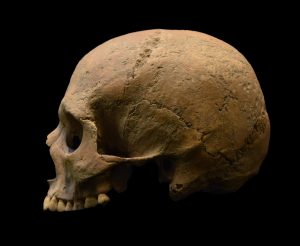Analysis of human remains from several regions across the Italian peninsula confirmed the presence of malaria during the Roman Empire. The evidence of mitochondrial genome of malaria was found within teeth of bodies dated to 1st to 3rd cent. AD.

Archaeologists sampled teeth taken from 58 adults and 10 children interred at three Imperial period Italian cemeteries: Isola Sacra, Velia and Vagnari. Velia and Isola Sacra were known as important port cities and trading centres located on the coast. Vagnari is located further inland and the site is believed to be the burial place of labourers who would have worked on a Roman rural estate. So far archaeologists had extensive written evidence describing fevers that sound like malaria in ancient Greece and Rome but it was not known whether the reason behind the illness was malaria. The newest data confirm that the parasite species behind malaria was likely Plasmodium falciparum, and that it affected people in different ecological and cultural environments.

The team of experts were able to recovered more than half of the Plasmodium falciparum mitochondrial genome from two individuals from Velia and Vagnari. This parasite is the most prevalent malaria parasite in sub-Saharan Africa and the most-deadly anywhere and responsible for nearly 450000 deaths every year, the largest number of malaria-related deaths globally.
(after Luca Bandioli, Pigorini Museum & PhysOrg)